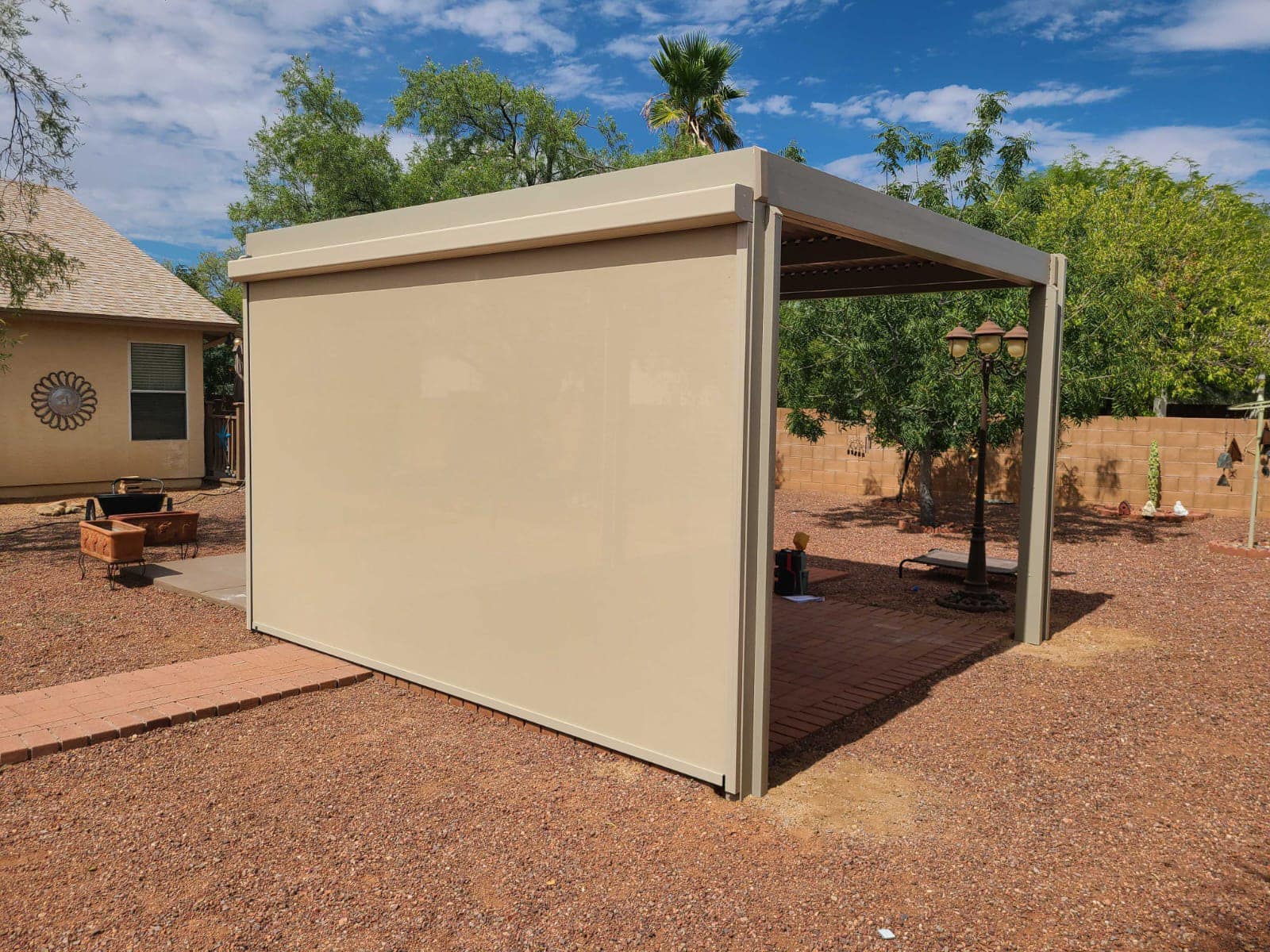
Retractable screens are a great addition to any home, providing the perfect balance of fresh air and protection from insects. However, like any home feature, they require regular maintenance in order to function at their best. In this blog post, we will discuss the best practices for taking care of your retractable screen. From cleaning the screen tracks and keeping them clear of debris to preventing blunt force damage, we’ve got you covered. By following these simple tips, you can ensure that your retractable screen stays in top shape and continues to provide you with an enjoyable outdoor experience.
Clean the Screen Tracks
One of the most essential aspects of keeping your retractable screen in excellent condition is to regularly clean the screen tracks. This area tends to accumulate dirt, dust, and debris over time, which can affect the overall functionality of your screen. To keep your screen operating smoothly, it’s recommended to clean the tracks at least once a month using a soft brush or vacuum cleaner attachment. You can also use a mild soap and water solution to remove any stubborn grime or buildup. Be sure to dry the tracks thoroughly before retracting the screen back into its housing. By routinely cleaning the screen tracks, you can prevent any potential damage and ensure that your retractable screen will continue to provide you with convenience and protection for years to come. After the tracks have dried, re-apply Blaster Dry Lube to the PVC Inserts.
Prevent Blunt Force
One of the most common causes of damage to retractable screens is blunt force. This type of force can be caused by a variety of factors, such as pets jumping on or scratching the screen, children running into it, or even strong winds pushing against it. To prevent this type of damage, it’s important to be mindful of potential hazards and take precautions to protect your retractable screen. One way to do this is by creating clear boundaries for pets and children around the screen area. You can also install additional anchors or supports to reinforce the screen against strong winds. By taking these simple steps, you can help extend the lifespan of your retractable screen and save yourself from costly repairs in the future.
Always Retract Your Screen If You’re Not Using It
Finally, the best ways to extend the lifespan of your retractable screen is to ensure it is always retracted and stored away when not in use. For example, if you are using the screen with sliding exterior doors, retract it whenever the doors are closed. Keeping the screen retracted will prevent it from collecting debris and prolong its durability. In most cases, the door or window frame provides adequate protection against harsh conditions for the screen.
To find out more about our screen products, visit this link here!

